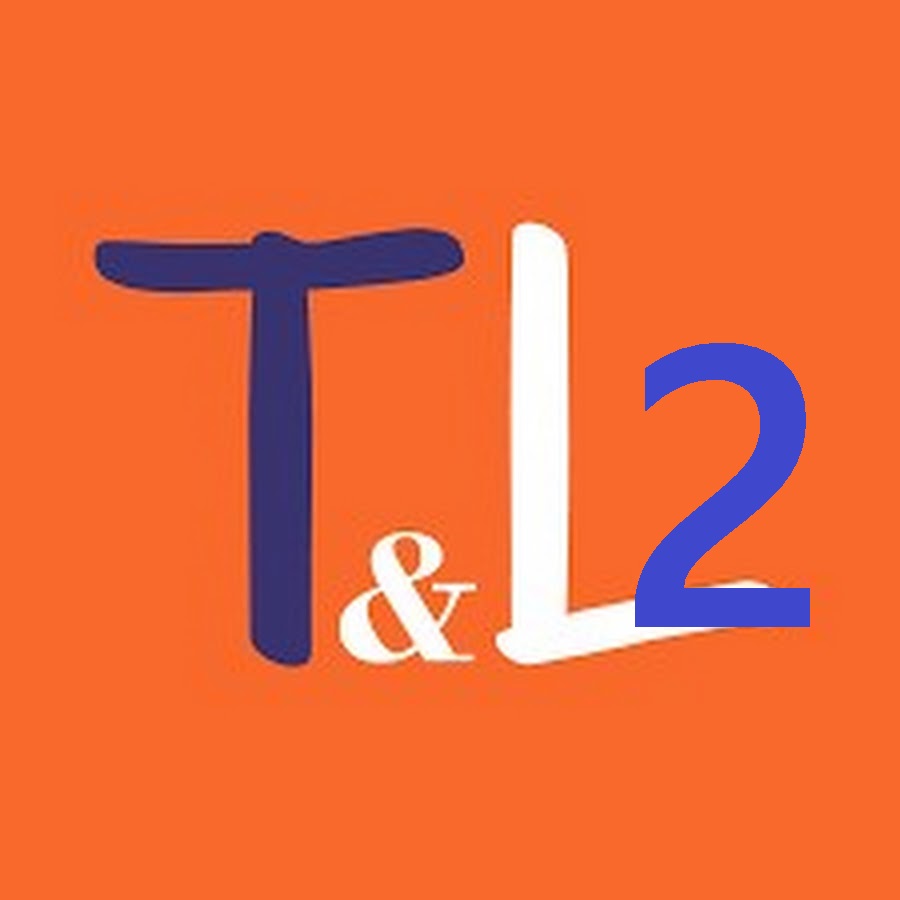The Chancay Burial Dolls
The Chancay were a pre-Columbian archeological civilization which developed between the valleys of Fortaleza, Pativilca, and Lurin, on the central coast of Peru from about CE 1000 to 1470. Their culture emerged after the fall of the Wari civilization.
The center of the Chancay culture was located 80 kilometers north of Lima. It is a desert region but has fertile valleys bathed by rivers and is rich in resources that allowed for, among other things, extensive agricultural development.
The Chancay developed intense trade relations with other regions, allowing them to interract with other cultures and settlements in a wide area.
The most well-known Chancay artefacts are the textiles which ranged from embroidered pieces, different types of fabrics decorated with paint. A variety of techniques, colours and themes were used in the making of textiles.They used an array of colours including yellows, browns, scarlet, white, blues and greens.
In type of fabric used include llama wool, cotton, chiffon and feathers. Their technique involved were decorated open weave, brocade, embroidery, and painting.
Brushes were used to paint anthropomorphic, zoomorphic, geometric and other creative designs directly on the canvases. The Chancay are known for the quality of their painted tapestries. They produced a variety of goods such as clothing, bags, and funeral masks.
The burial ‘dolls’ of the Chancay culture are made of woven fabric, and are normally stuffed with reed or fiber. Some ‘dolls’, such as that of a llama which was displayed in the National Gallery of Australia, have been found to be stuffed with tiny round grains instead. The ‘dolls’ are dressed in gendered garments woven to size, and would usually have tapestry-woven faces with dramatic facial features.
Some of these ‘dolls’ have been found to be holding an item in their hands – a ball of cotton, a piece of yarn, or even a musical instrument.
These ‘dolls’ are believed to represent human beings, rather than supernatural beings (such as gods or spirits) based on the details of their costume.
These details also serve to show the gender of the ‘dolls’. For example, female ‘dolls’ have netted head cloths, whilst male ones have slings. Additionally, the gender of these ‘dolls’ can be distinguished based on the patterns on their faces. Females are said to have “several variations of diagonal stepped patterns”, whilst their male counter-parts are reported to have a more standardized “pattern of three triangular sections”.
It is not known whether Chancay dolls were made specifically to be placed in tombs as funerary offerings, or if they represent possessions from life that were buried with their owners.
Many speculations have been put forth. They may have served in memorial celebrations or as 'companions' for the dead (similar to the Egyptian Ushabti figurines).
On the other hand, it has been suggested that they were toys or even puppets. It is interesting that some dolls have been found to contain small items such as spindles and yarns along with the usual stuffing of more rigid plant fibers.

